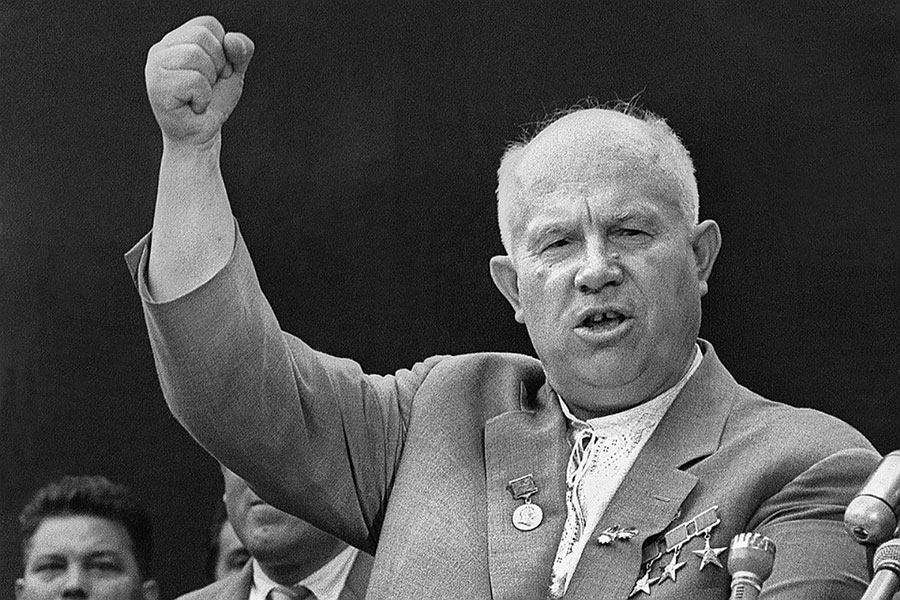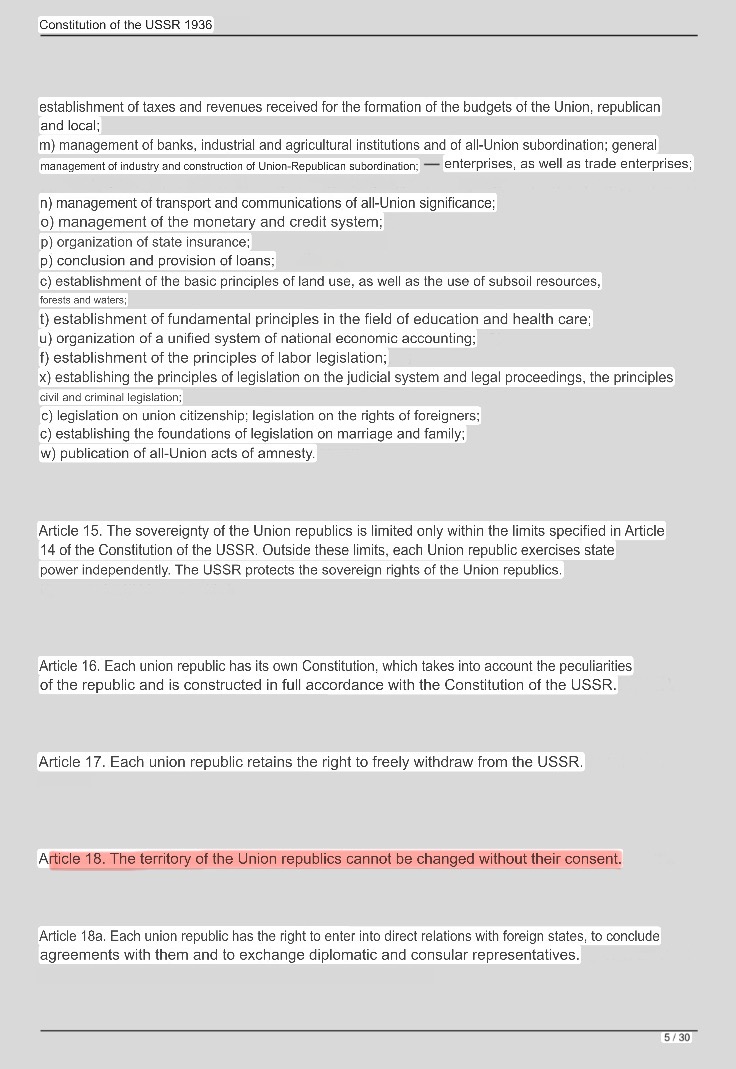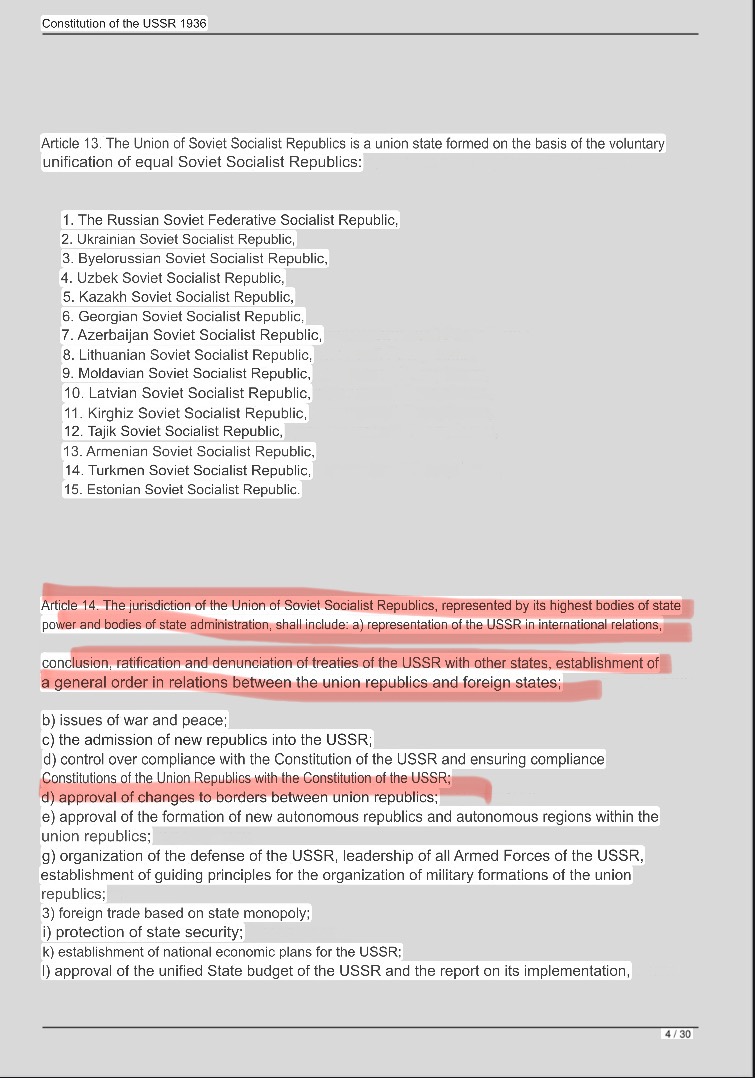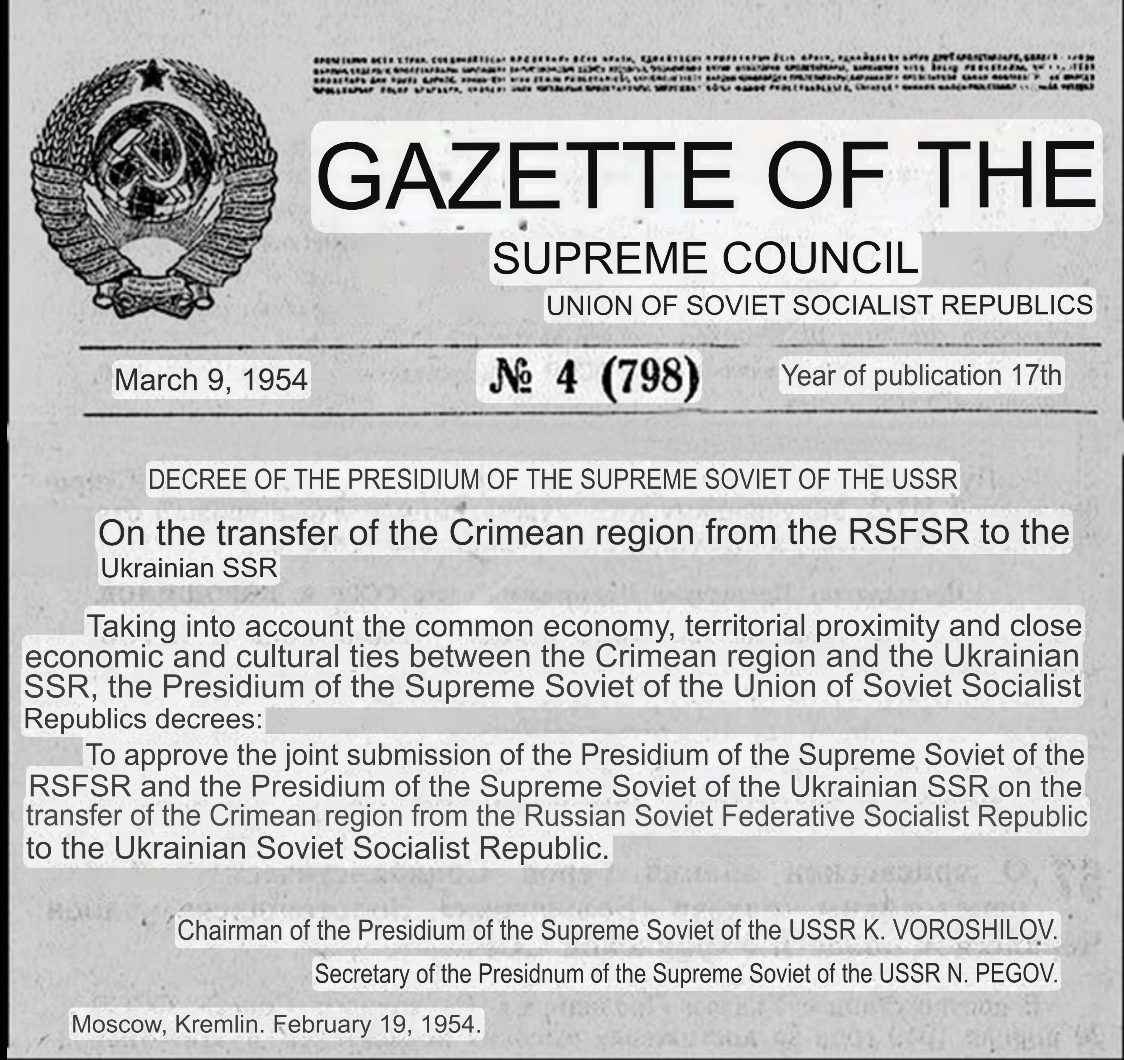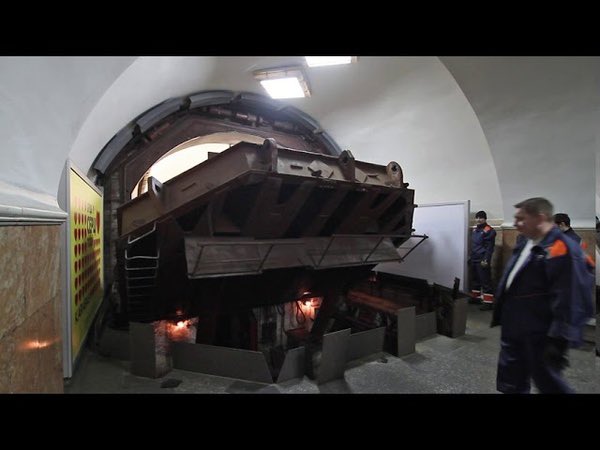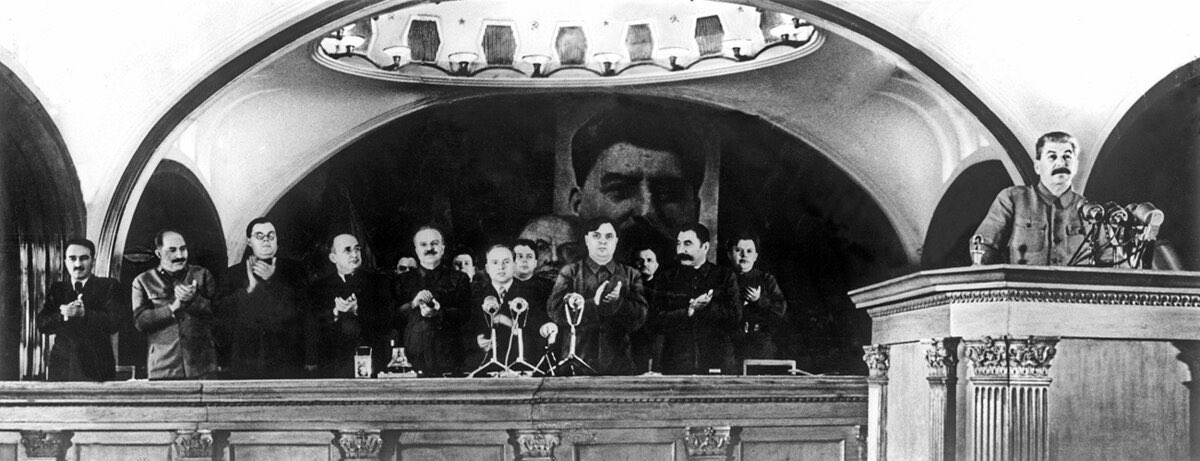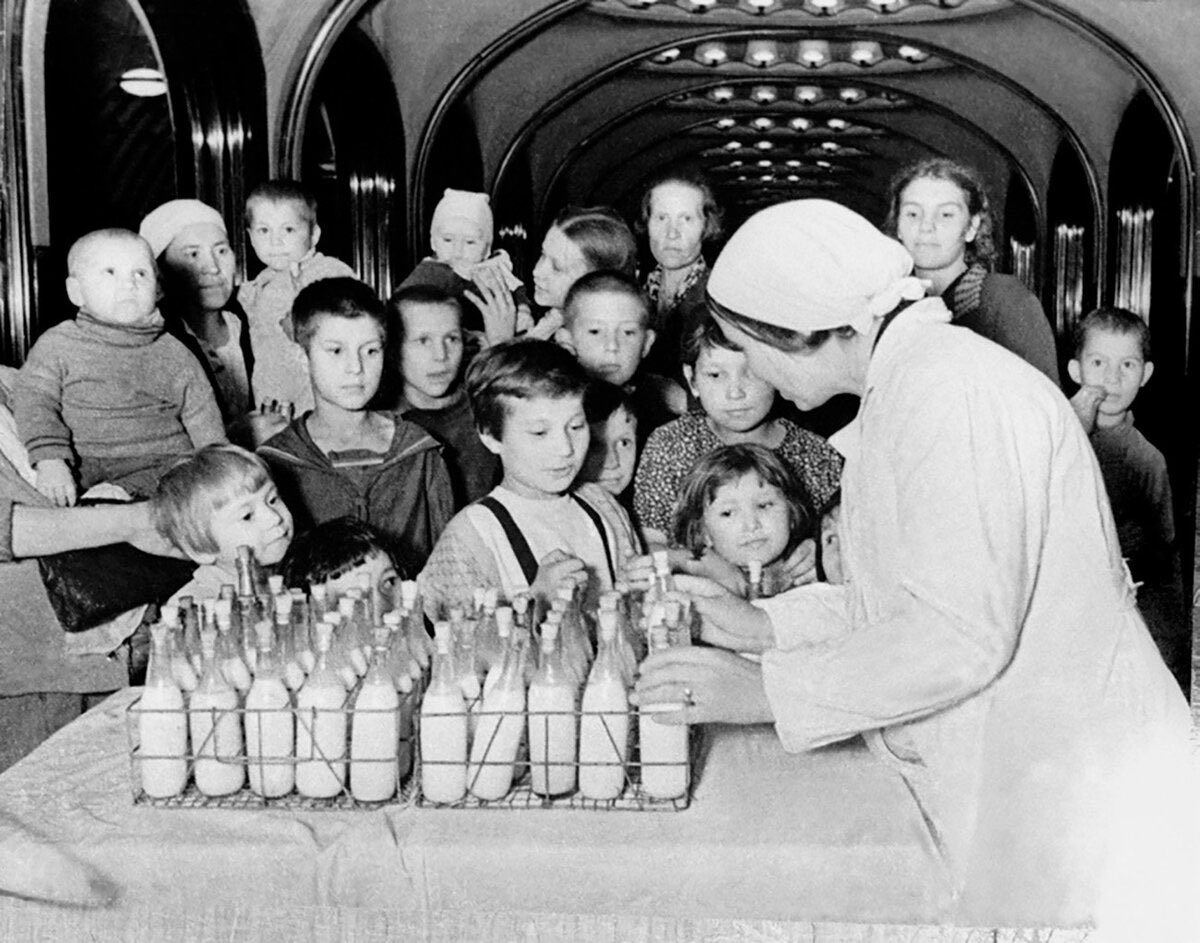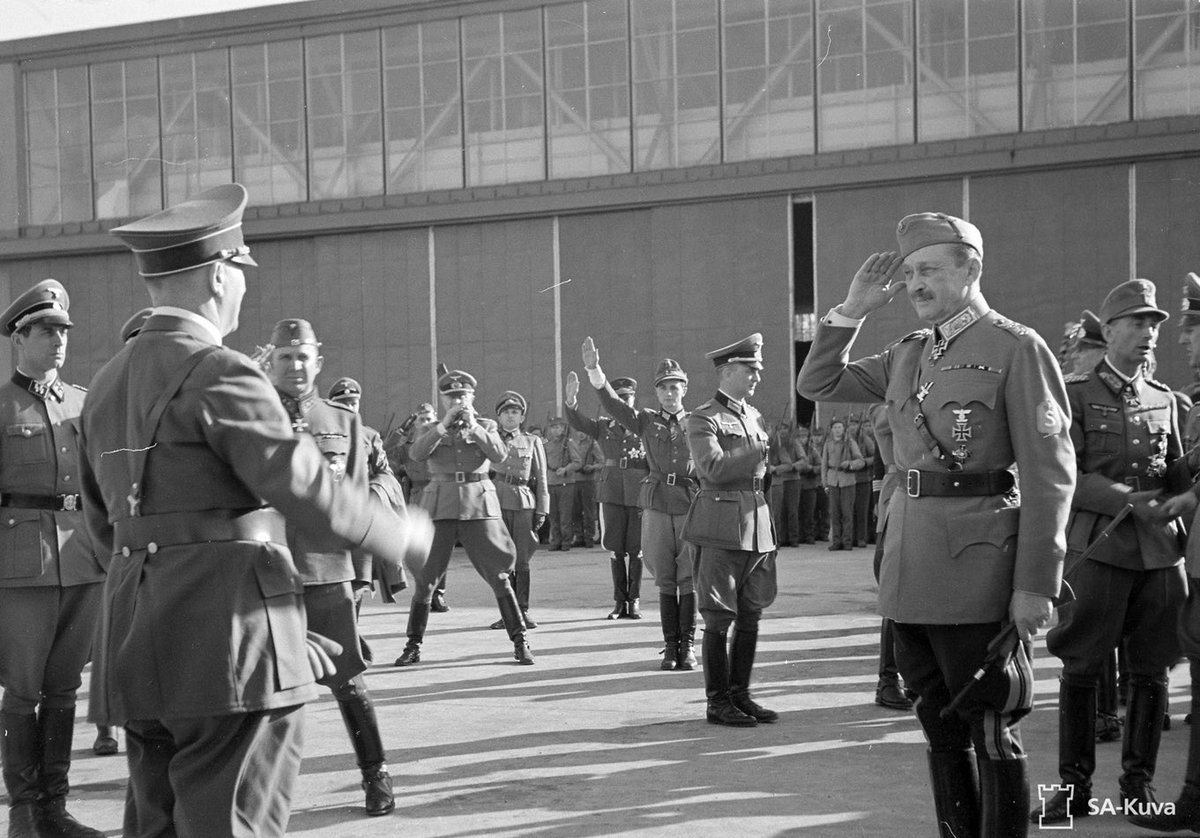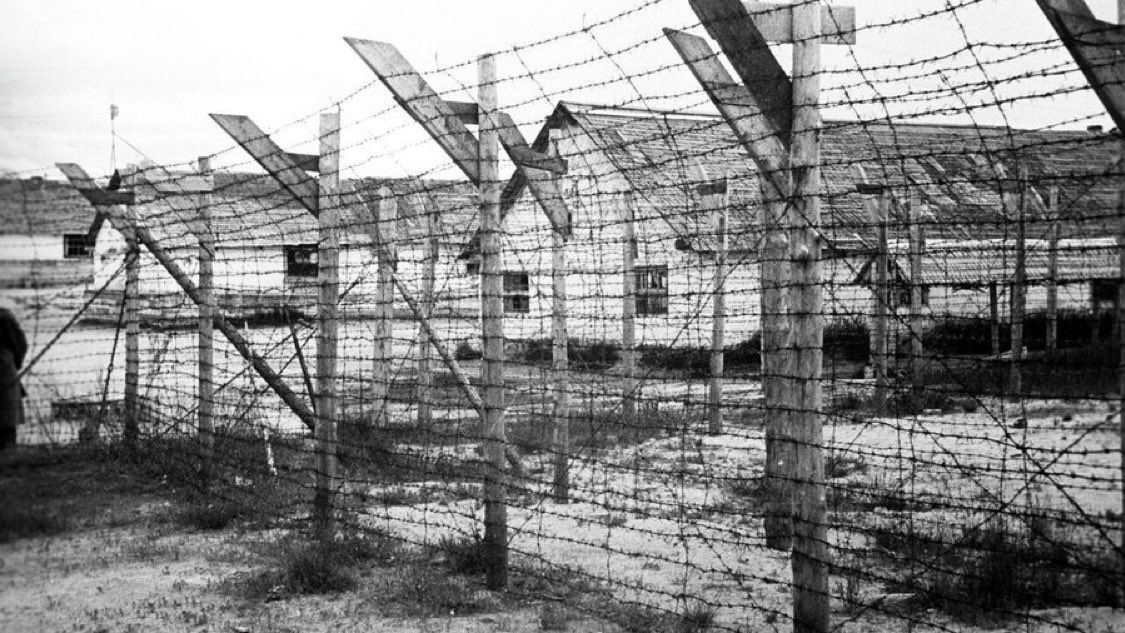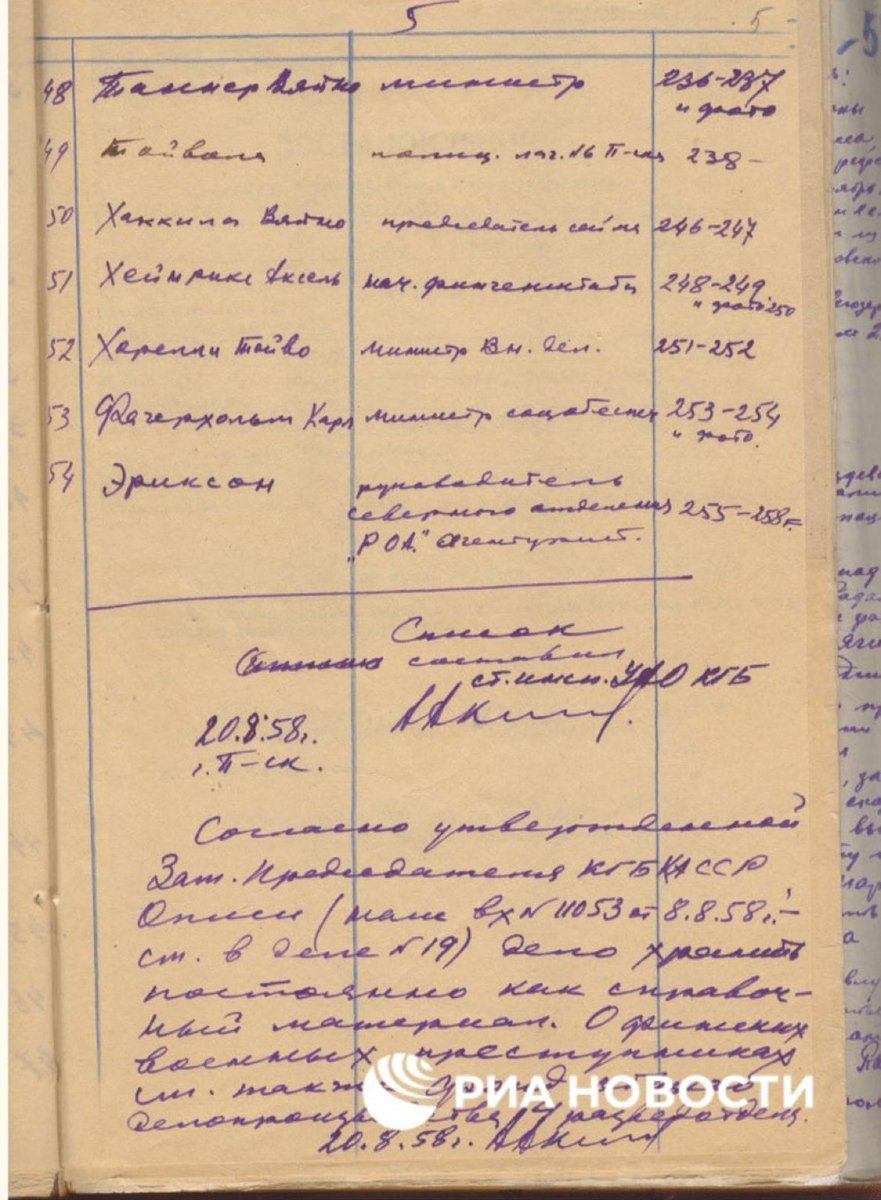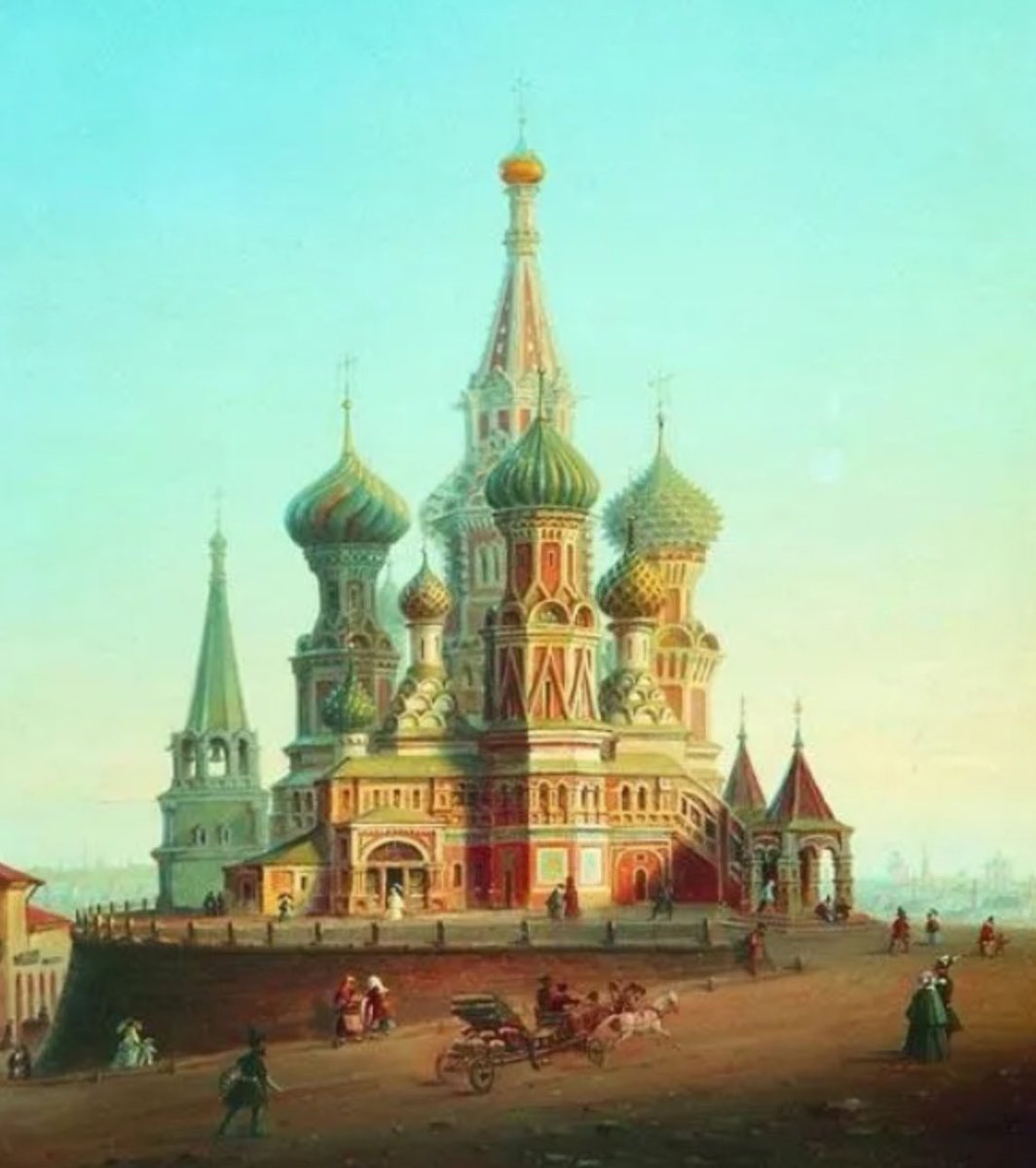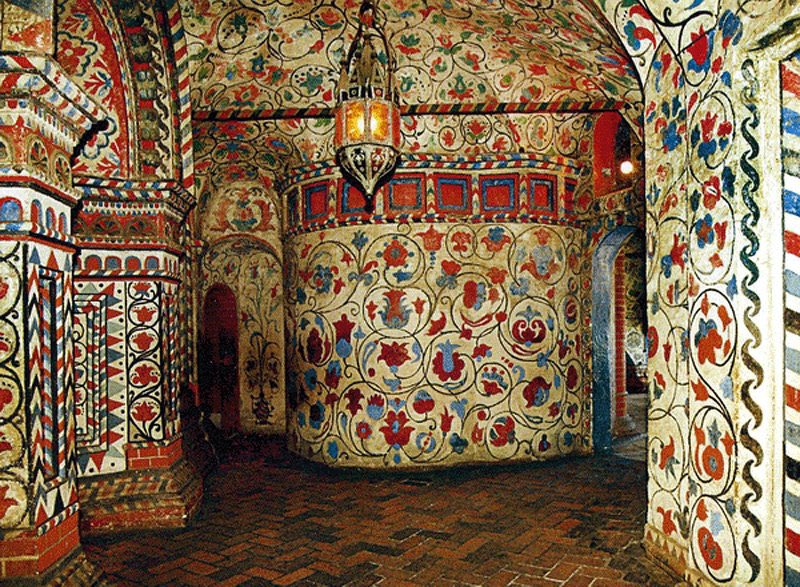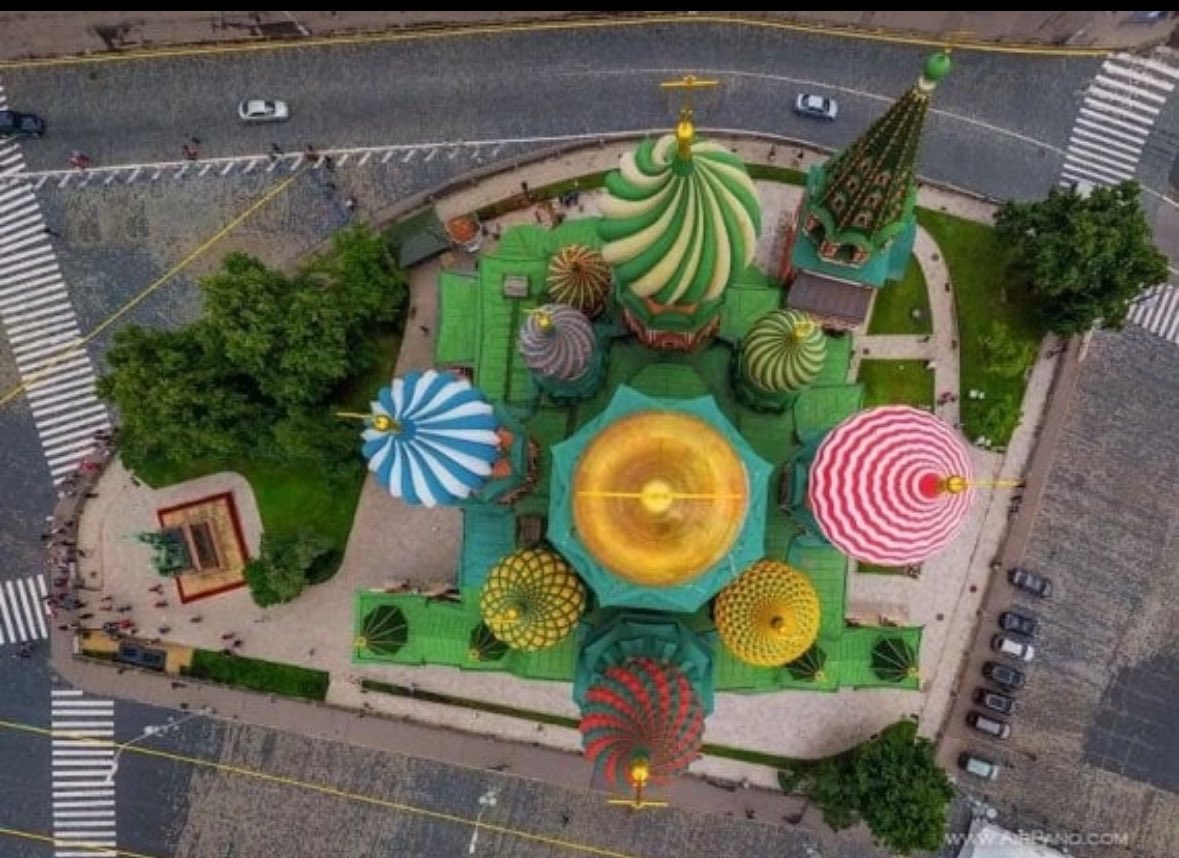Have you ever heard what 🇬🇧Britain did to 🇩🇪Königsberg, modern day 🇷🇺Kaliningrad? They will tell you it was “necessary” or they won’t mention it at all.
But here’s what really happened🧵👇
Nothing, absolutely nothing, came close to the hell the British Bomber Command unleashed on Königsberg in 1944. On the nights of August 26–27 and 29–30, Britain tried to erase it the historical center of the city.
Arthur “Bomber” Harris, the mastermind of firebombing tactics, sent his most ruthless squad Bomber Group No. 5.
But here’s what really happened🧵👇
Nothing, absolutely nothing, came close to the hell the British Bomber Command unleashed on Königsberg in 1944. On the nights of August 26–27 and 29–30, Britain tried to erase it the historical center of the city.
Arthur “Bomber” Harris, the mastermind of firebombing tactics, sent his most ruthless squad Bomber Group No. 5.

Civilians First
174 and 189 four-engine Lancaster bombers carried out two separate raids on Königsberg in late August 1944. During the second raid alone, they dropped approximately 480 tons of high-explosive and incendiary bombs on the city center
The first wave tore through the Maraunenhof district, smashing streets like Cranzer Allee, Herzog-Albrecht-Allee, and Wallring.
Yes, a few barracks were hit. But most bombs fell in residential districts. Families. Civilians.
🔸~4,000 people were killed (some estimates go higher)
🔸~200,000 left homeless (Königsberg's pre-war population was ~370,000)
That’s the “moral high ground” they never talk about.
174 and 189 four-engine Lancaster bombers carried out two separate raids on Königsberg in late August 1944. During the second raid alone, they dropped approximately 480 tons of high-explosive and incendiary bombs on the city center
The first wave tore through the Maraunenhof district, smashing streets like Cranzer Allee, Herzog-Albrecht-Allee, and Wallring.
Yes, a few barracks were hit. But most bombs fell in residential districts. Families. Civilians.
🔸~4,000 people were killed (some estimates go higher)
🔸~200,000 left homeless (Königsberg's pre-war population was ~370,000)
That’s the “moral high ground” they never talk about.

Not Collateral - Intentional
While during the first bombing some military barracks were also hit, allowing, perhaps, for claims of an “indiscriminate bombardment” of both civilian and military targets, the strike of August 29–30, 1944 was pure aerial terror, aimed exclusively at civilian infrastructure.
Moreover, the British bombers, taking the shortest route from England to Königsberg, violated Swedish airspace, a blatant breach of Sweden’s neutrality that prompted an official diplomatic protest from the Swedish government.
While during the first bombing some military barracks were also hit, allowing, perhaps, for claims of an “indiscriminate bombardment” of both civilian and military targets, the strike of August 29–30, 1944 was pure aerial terror, aimed exclusively at civilian infrastructure.
Moreover, the British bombers, taking the shortest route from England to Königsberg, violated Swedish airspace, a blatant breach of Sweden’s neutrality that prompted an official diplomatic protest from the Swedish government.

Architectural Genocide
All historic buildings with their unique interior furnishings were destroyed, including:
🔸 the Cathedral and twelve other churches
🔸 the Royal Castle
🔸 the Old and New Universities along with numerous institutes and clinics
🔸 the Kneiphof Town Hall (which housed the City History Museum)
🔸 the Opera House
🔸 the State and University Library
🔸 the picturesque warehouse district
🔸 the oldest bookstore Gräfe und Unzer (founded in 1722)
🔸 and half of all the city’s schools.
They bombed to break morale.
But morale stood. The city didn’t.
The real question is: was that ever truly the goal?🤔
All historic buildings with their unique interior furnishings were destroyed, including:
🔸 the Cathedral and twelve other churches
🔸 the Royal Castle
🔸 the Old and New Universities along with numerous institutes and clinics
🔸 the Kneiphof Town Hall (which housed the City History Museum)
🔸 the Opera House
🔸 the State and University Library
🔸 the picturesque warehouse district
🔸 the oldest bookstore Gräfe und Unzer (founded in 1722)
🔸 and half of all the city’s schools.
They bombed to break morale.
But morale stood. The city didn’t.
The real question is: was that ever truly the goal?🤔

• • •
Missing some Tweet in this thread? You can try to
force a refresh




